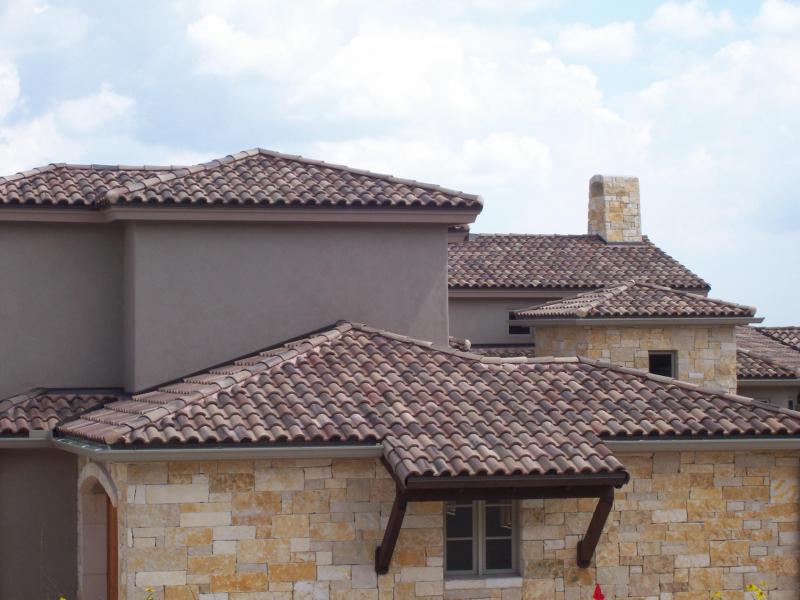There are two main advantages of having good roofing ventilation: a cooler building during the summer and warme r rooms during the winter. Though the process is not well understood, an adequate inflow and outflow system is one of the best methods to control not only the air inside an attic space but also the costs of heating and cooling. Therefore, it is imperative to understand this process and its details before calling a contractor to be sure that the structure is built to deliver the best quality air and controlled room temperature.
r rooms during the winter. Though the process is not well understood, an adequate inflow and outflow system is one of the best methods to control not only the air inside an attic space but also the costs of heating and cooling. Therefore, it is imperative to understand this process and its details before calling a contractor to be sure that the structure is built to deliver the best quality air and controlled room temperature.
Necessity
Most people know the benefits of having the proper movement of air inside an attic in order to remove moisture, which is considered to cause the deterioration of important building structure during cold months. Although there is disagreement as to the effectiveness of various methods of moisture removal; most researchers have come to the conclusion that attic ventilation is beneficial in many different climates and is an accepted construction practice. For this reason, many local building codes include the use of roof vents and require the installation of attic ducts.
Guidelines
Assembling a ridge outflow duct along the top of the roof as well as the uninterrupted soffit inflow duct at the eaves delivers the most effective ventilation. The general guideline is to utilize one square foot of ventilation for every one hundred fifty square feet of insulation. The insulation should have a ratio of 1:300 if the structure has a vapor barrier, which means there should be one square foot of air intake and one square foot of exhaust for every three hundred square feet of the attic floor.
In addition, the distance between each device in relation to height should be three feet; however, this does not mean three feet away from each other. For example, if the distance is one hundred meters apart but the elevation is three feet and fifty percent of the intake duct is located on the upper portion, the other fifty percent must be positioned on the lower portion. In addition, a vapor barrier must be built.
Ventilation
In a situation where there are inadequate ridge vent areas, caps and gable air ducts can be added. Turbine vents can also be installed; however, they are more costly to maintain. Power inflow ducts are not recommended because they consume more electricity than is saved and allow conditioned air to escape through small openings in the roof. They also allow more pollutants to enter the building, posing a greater health risk to the occupants.
The main purpose of adequate roof ventilation is to balance the distribution of the airflow through the attic space. This process requires the use of inflow and outflow ducts to obtain the most effective air movement. By using basic general guidelines, roof ventilation specifications can be learned and utilized in order to experience the most effective roofing ventilation system!
Are you looking for a roofing Houston company to add a ventilation system to your overhead structure? Schulte Roofing of Navasota provides expert service to the greater area Houston and can help customers with all of their roofing needs!
